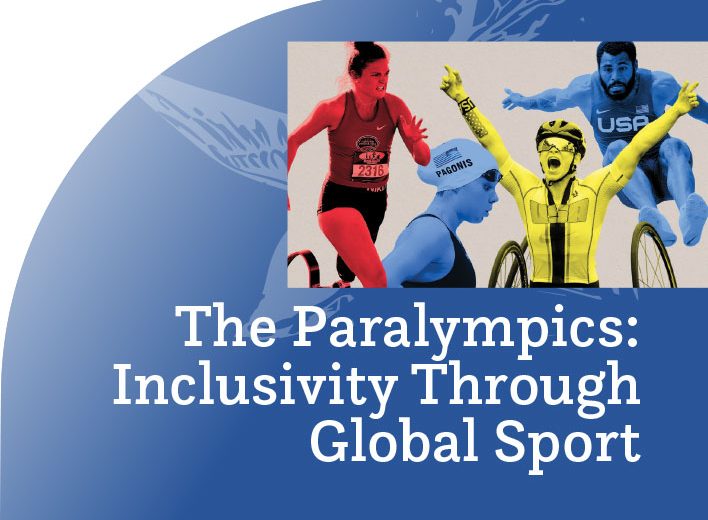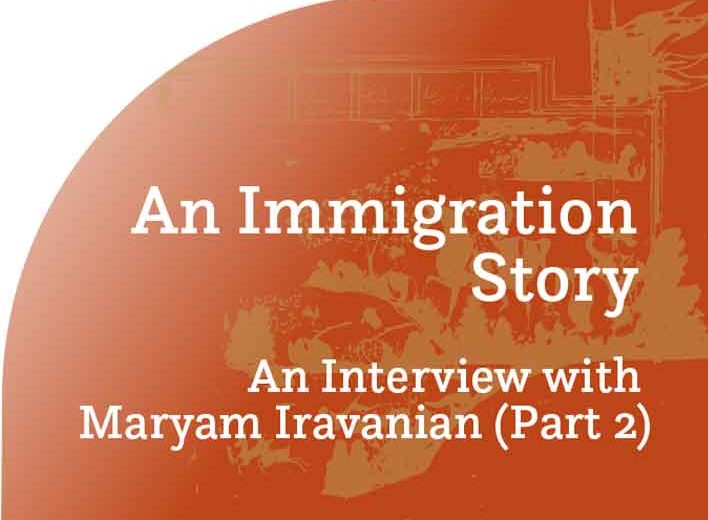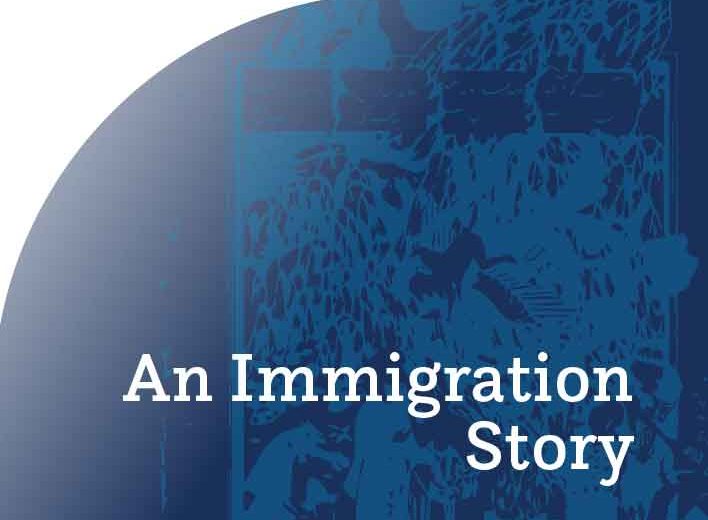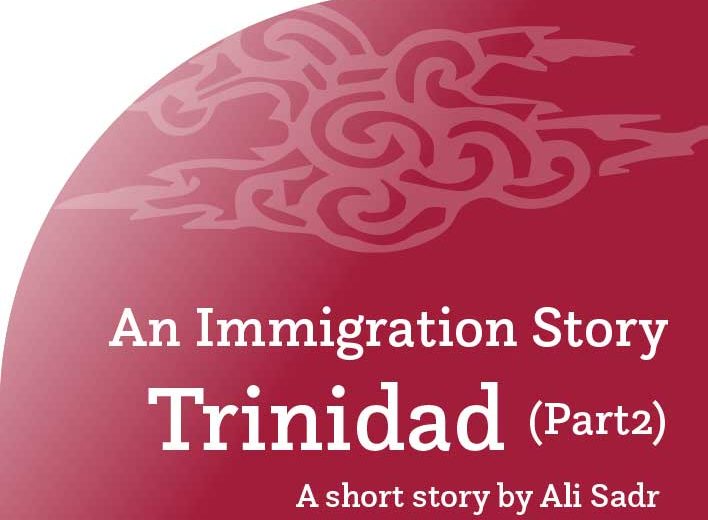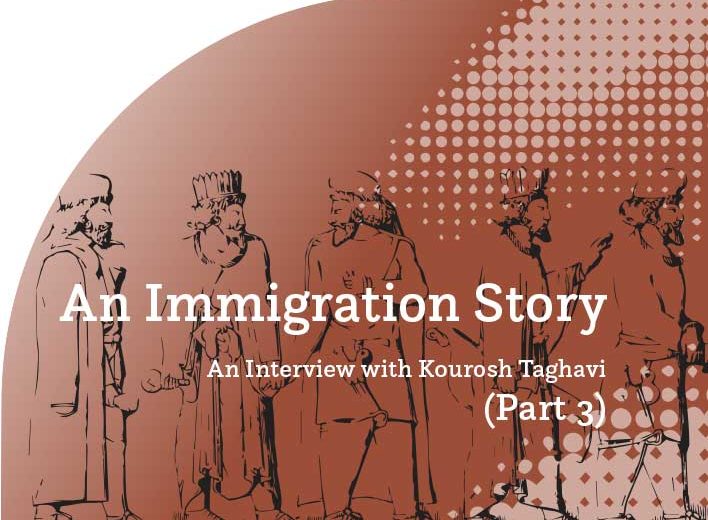A leading outreach and education authority for San Diego and Imperial Counties, regarding the Iranian American community and the Census 2020
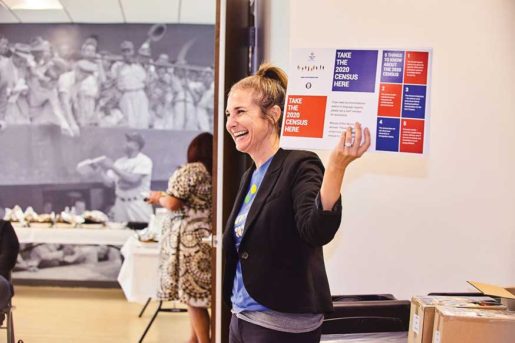
Ali Sadr- It is a great opportunity for me discuss with you some of our concerns regarding the Census 2020. The Iranian American community is one of the ‘hard to count” communities in the US. It appears that there are at least two issues involved here. In one hand there is a mistrust with federal government that we identify ourselves as Iranian American. In another hand, since there has never been a place on the forms for us to identify ourselves as Iranian, there is no clear and realistic count of us. So, one cannot be certain the we are really “hard to count”. The questions I am presenting here are questions and concerns brought to my attention from the members of the community. I had the opportunity to discuss these questions with Senator Toni Atkins. However, I thought presenting some of those question with you will bring a hands on and a complementary responses.
First question: Is the census safe? If I answer the Census and give my race or nationality, could I be the subject of scrutiny from local, state and other Federal entities?
Michele Silverthorn: The Census data is safe and cannot be shared with any other agency, as mentioned, but it also cannot be shared with law enforcement or a landlord. In general, we share more personal information when we make an online purchase than we will by taking the 2020 Census. The information collected is used to produce statistical data. The Census Bureau cannot share any of your information that could identify you or anyone in your household.
Ali Sadr- Even if as an Iranian American I want to indicate my actual race and origin, none of the boxes in the census form represents me. What efforts are being done on state and national levels to finally include a category for Iranian or even something close like Middle Eastern and North African descent?
Michele Silverthorn: For the 2020 Census, write in your race and origin if the options provided do not apply. There are many campaigns across the nation encouraging each of us to respond accurately. One of these is the Write In Iranian campaign. This campaign was launched by the Public Affairs Alliance of Iranian Americans (PAAIA) and Pars Equality Center to ensure an accurate count of the Iranian American community.
Ali Sadr- Persian Cultural Center is a member of Iranianscount coalition too that suggest that members of the community mark any of the race categories in Question 9 of the census form but write in “Iranian” in the space provided. Is the census going to count and report these?
Michele Silverthorn: Historically, this is a population that has been undercounted, and this is the first time the U.S. Census Bureau is encouraging respondents to write out their national origin underneath their chosen racial category.
Ali Sadr- In this pandemic, should we care about the census?
Michele Silverthorn: Yes, absolutely. The COVID-19 health pandemic is a resounding reminder that we have to ensure, through participation in the 2020 Census, that our communities have the federal, state, and local funding it needs to meet San Diego County health needs and concerns. Filling out the census helps make the Middle Eastern and North African community more visible and helps us be more prepared for future public health emergencies.
Ali Sadr- How can individuals get involved with the Census and get people to participate?
Michele Silverthorn: This year, for the first time ever, you can fill out the Census for your household online with your tablet, laptop or smartphone. You can respond online or by phone in one of 13 languages and utilize a language guide in 59 other languages, large print and Braille. If you have questions prior to completing the 2020 Census, you can go to CountMe2020.org to see a list of toll-free phone numbers and a list of San Diego community based organizations that offer education and support. Our community-based organizations cover 63 languages and you likely can speak with someone in a language that you are most comfortable. By now, most households will have received three mailers to invite them to participate in the 2020 Census. Starting this week, if you have not yet responded online or by phone, a questionnaire will arrive in the mail. When you complete the Census include everyone who was living in your home on April 1. Please be sure to count babies and children (all ages), close or extended family members, people who are not related to you, and people staying with you without a permanent place to live. Learn more about who to count and any special circumstances here: https://2020census.gov/en/who-to-count.html
To learn more about the Write in Iranian campaign and download a toolkit go to https://paaia.org/census/individuals
If you’d like to get involved with the Count Me 2020 Coalition, and get more people to participate in the 2020 Census, contact one of our partner organizations to learn more about their outreach work at https://www.countme2020.org/coalition-partner-portal/
Ali Sadr- When does the data get compiled and published?
Michele Silverthorn: The 2020 Census’s official count ends on August 14, 2020, so be sure to fill it out for your household by then. In December, the U.S. Census Bureau will deliver its official counts for the nation to the President and Congress as required by law. By March 31, 2021, the Census Bureau will send redistricting counts to the states. This information is used to redraw legislative districts based on population changes.
According to the “72-Year Rule,” the National Archives releases census records to the general public 72 years after Census Day. As a result, the 1930 census records were released April 1, 2002, and the 1940 records were released April 2, 2012. The 1950 census records will be released in April 2022. That means the 2020 records will be released in April 2092.
Ali Sadr- Can anybody access the general information?
Michele Silverthorn: General information is available for all to access. Currently you can see general response rates for the nation and down to the census tract at https://2020census.gov/en/response-rates And anyone can learn more about the 2020 Census at https://2020census.gov/. To get help filling out the Census, get your questions answered, or get involved with our efforts to make sure everyone is counted, visit CountMe2020.org.
Ali Sadr- Thank you very much for your time and good luck.
Michele Silverthorn has been leading the 2020 Census outreach and education work for San Diego and Imperial counties since March of 2019. She is the Project Lead for Count Me 2020 led by United Way of San Diego County. Michele has more than 16 years of experience in nonprofit management, philanthropy and grant making, and community development with organizations focused on marginalized communities. She is a strong program leader and effective project manager that concentrates on workflow optimization and strategic implementation. With her work spanning grassroots community based organizations to multi-million dollar funders she is a successful communicator across stakeholder constituencies and has a robust understanding of San Diego and Imperial counties community and philanthropic landscape. Her previous work has focused on the underserved, whether through grants programs focused on homeless, vulnerable children, and working poor populations; immigrant worker health issues; food systems; or as a Peace Corps Volunteer in El Salvador. Michele received her bachelor’s degree from Cal Poly San Luis Obispo in City & Regional Planning and master’s degree from Brandeis University in Sustainable International Development. After hours you can find her with her husband, boys, and puppy in the mountains, camping and hiking.



